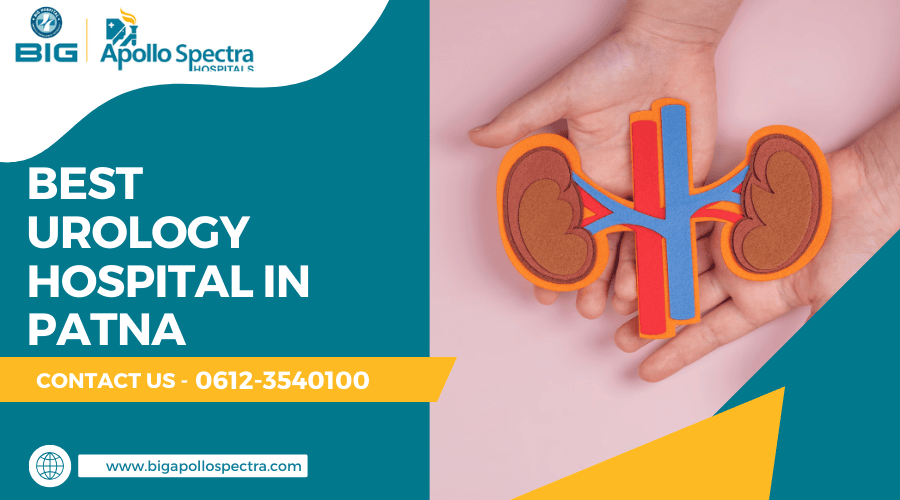The intricate connection between endometriosis and urinary incontinence influences daily activities for many women. Most people know endometriosis causes pelvic pain and fertility problems, but its effect on bladder function especially urinary incontinence remains seldom addressed.
Endometrial tissue that develops outside of the uterus can impact multiple pelvic organs and systems including the bladder and urinary tract.
Proper diagnosis and treatment require understanding this connection because numerous women experience bladder symptoms from endometriosis without realizing it.
Can Endometriosis Cause Urinary Incontinence? Understanding the Connection
The link between endometriosis and urinary incontinence exists because the condition may disrupt normal urinary system functions. When endometrial tissue attaches to the bladder or its surrounding area, it becomes bladder endometriosis which can interfere with normal bladder operations.
Endometrial lesions result in both inflammatory responses and scarring that produce different urinary problems such as incontinence.
So, when women seek treatment for urinary incontinence, it’s important to consult the best urologist in Patna in order to assess the extent of bladder involvement and rule out endometriosis as a cause.
However, when the cause is indeed endometriosis, there are multiple factors through which endometrial implants impact bladder function:
- Direct bladder wall invasion, causing tissue damage
- Compression of urinary tract structures
- Inflammation of surrounding tissues
- Formation of adhesions that distort normal anatomy
Lesions from endometriosis that create tension on the bladder can cause bladder pressure, which results in urinary urgency and involuntary leakage. The condition can also affect pelvic floor muscles that are essential for maintaining continence.
Recognizing the Symptoms
Endometriosis can cause urine leakage, and it usually presents with additional symptoms. Women with urinary bladder endometriosis may experience:
- Frequent urination, especially during menstruation
- Pain during urination
- Sudden urges to urinate
- Difficulty emptying the bladder completely
- Lower abdominal pressure
- Blood in urine during menstruation
The medical condition causes both stress and urge incontinence which leads to difficulty in bladder control. Symptoms intensify during menstrual periods when endometrial tissue becomes more active and inflamed.
In fact, women with bladder endometriosis notice that their symptoms escalate during their menstrual cycle but gradually improve after menstruation. The cyclical symptom pattern serves as a distinguishing factor for bladder endometriosis compared to other urinary conditions.
Bladder endometriosis is serious when women leave it untreated. If medical treatment is not administered, the condition may progress to major complications:
- Chronic pelvic pain
- Emotional distress
- Social isolation
- Reduced quality of life
- Potential kidney problems, if severe
With this condition, patients frequently report experiencing lower abdominal heaviness or pressure that worsens with physical activity and during long periods of sitting.
These symptoms together create substantial disruptions in daily activities including professional work responsibilities along with social and intimate relationship interactions.
Diagnosis and Treatment Approaches
Doctors must implement a comprehensive diagnostic strategy that integrates various tools and techniques to accurately diagnose bladder endometriosis.
Doctors begin with an extensive symptom assessment which focuses on how the timing of the symptoms correspond with your menstrual cycle. Through pelvic examination, doctors can detect tender locations and examine for nodules through vaginal examination.
Doctors utilize advanced MRI with contrast to detect endometrial lesions within the bladder wall and perform cystoscopy for females to visualize bladder abnormalities during menstruation when these lesions are most active.
So, if you’re wondering how is bladder endometriosis diagnosed, it’s typically a combination of methods that are implemented. To diagnose bladder endometriosis properly, medical professionals use multiple diagnostic methods, including:
- Detailed medical history
- Physical examination
- Transvaginal ultrasound
- MRI scanning
- Cystoscopy
- Laparoscopy for definitive diagnosis
The approach to bladder endometriosis treatment depends on how severe it is and which symptoms the patient experiences. Options include:
1. Hormonal Therapy
Medical professionals use hormonal therapy as the main treatment option for bladder endometriosis. The treatment produces results by reducing estrogen production to limit endometrial tissue growth and activity. Medical practitioners often recommend hormonal treatments that combine:
- Birth control pills
- GnRH agonists
- Progestins
These medications don’t provide a cure, but they help manage symptoms and stop the disease from advancing. The selection of hormonal therapy relies on several patient-specific factors including age, pregnancy plans, and symptom intensity.
Different hormonal options produce various side effects which require thorough discussion with healthcare providers.
2. Surgical Interventions
When hormonal treatments fail or endometrial lesions penetrate the bladder wall, surgery becomes required. The surgical removal of endometrial lesions is generally done with laparoscopic excision which results in less surgical invasiveness and quicker recovery time than open surgery methods.
When endometriosis has penetrated deeply into the bladder wall, medical intervention through partial cystectomy can also be done.
Thus, to treat urinary incontinence issues due to endometriosis, it’s important to eliminate the root cause, and the treatment methods usually include:
- Laparoscopic excision of endometrial lesions
- Partial cystectomy in severe cases
The procedure removes bladder tissue affected by the disease while preserving your normal bladder function. Patients typically require several weeks to recover from surgery but need to maintain hormonal therapy afterward to lower the risk of recurrence.
3. Symptom Management
Effective treatment of bladder endometriosis symptoms depends heavily on conservative management through lifestyle adjustments and physical therapy practices. Physical therapy targeting the pelvic floor muscles improves urinary control and alleviates pain.
Physical therapists usually instruct patients about particular exercises and relaxation methods that strengthen bladder control while decreasing the sensation of urgency.
Altering your diet to limit caffeine and acidic foods will also reduce bladder irritation. So, basically the treatment through lifestyle modifications includes:
- Pelvic floor physical therapy
- Bladder training exercises
- Dietary modifications
- Stress management techniques
Practicing mindfulness and yoga as stress management strategies is especially helpful in lessening the symptom severity because stress makes endometriosis and urinary symptoms worse.
Moving Forward and Seeking Medical Treatment
The right medical treatment offers patients a way to control the difficult symptoms associated with endometriosis-related incontinence which, if left untreated, affects their quality of life poorly.
So, those who suspect endometriosis to be the cause behind urinary incontinence, especially due to the presence of additional symptoms, should seek immediate medical attention without delay.
Get in touch with the best gynaecologist in Patna at the Big Apollo Spectra Hospital for comprehensive treatment options and accurate diagnosis.
Intervening early helps avoid any further complications while improving the patient’s treatment outcomes. You are not isolated in this experience, and there are successful treatment options available. Secure an appointment with a specialist at Big Apollo Spectra who will create a customized treatment strategy suited to your unique requirements and assist you in regaining control of your life.





